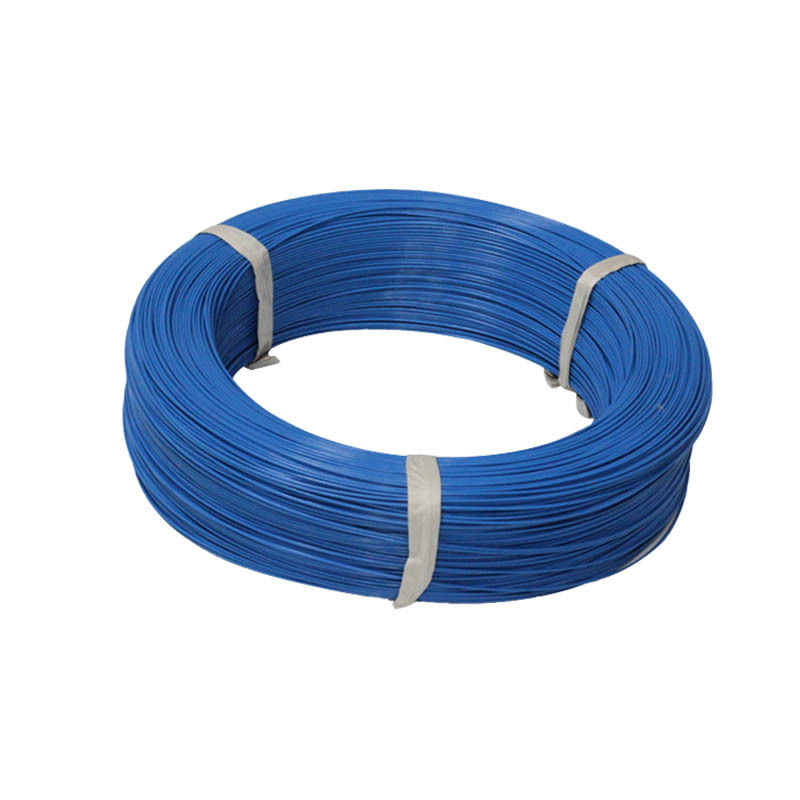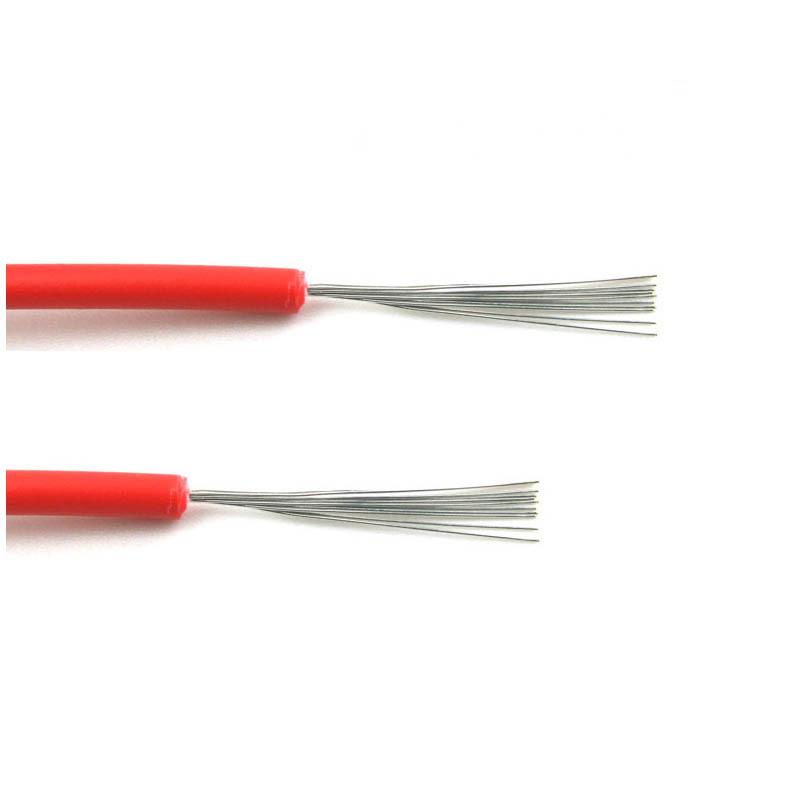The choice of insulating materials is directly related to the performance and service life of wires. Among many insulating materials, fluoroplastics have gradually replaced traditional insulating materials such as polyethylene and polyvinyl chloride with their unique performance advantages. This article will discuss in detail the advantages of fluoroplastics as wire insulation materials over traditional insulating materials.


Currently, the fluoroplastics widely used in the wire and cable industry mainly include:
Polytetrafluoroethylene (PTFE)
Fluorinated ethylene propylene (FEP)
Fusible polytetrafluoroethylene (PFA)
Polytrifluorochloroethylene (PCTFE)
Ethylene-tetrafluoroethylene copolymer (ETFE)
Polyvinylidene fluoride (PVDF)
1. Flame retardancy: The flame retardancy of fluoroplastic wires and cables is much better than that of traditional insulating materials, which is mainly due to the high limiting oxygen index of fluoroplastics. The higher the limiting oxygen index, the more difficult it is for the material to burn. It is generally believed that materials with an oxygen index of less than 22% are flammable materials, while the oxygen index of fluoroplastics is generally higher than this standard, so they are flame-retardant materials.
2. Heat resistance: In the molecular structure of fluoroplastics, the covalent bond between fluorine atoms and carbon atoms is extremely strong, which makes the entire molecular chain extremely stable. This stability enables fluoroplastics to maintain their original physical and chemical properties in high temperature environments, and is not prone to thermal cracking or oxidation. In practical applications, the heat resistance of fluoroplastic insulated wires has been widely verified. Traditional insulating materials such as polyethylene and polyvinyl chloride will quickly soften, deform, or even melt in high temperature environments, resulting in a sharp decline in the insulation performance of the wires. Fluoroplastic insulated wires, on the other hand, are able to maintain the stability of their insulation performance under these extreme conditions. Even in high temperature environments above 200°C, fluoroplastic insulated wires can still work normally without significant performance degradation.
3. Corrosion resistance: Fluoroplastic has extremely strong corrosion resistance and can resist the erosion of acids, alkalis, and other chemical substances. This excellent corrosion resistance enables fluoroplastic insulated wires to maintain good insulation performance in harsh environments and extend the service life of the cable.
4. Electrical properties: Fluoroplastic insulated wires have extremely high insulation resistance and dielectric strength. This means that in high voltage environments, the wires can effectively prevent current leakage and breakdown and maintain stable electrical properties. Fluoroplastic with high dielectric strength can maintain stable insulation performance under high voltage fields, thereby effectively protecting the normal operation of telecommunications equipment.
Dingxiang's commitment to quality, innovation, and customer satisfaction has cemented its position as a leading teflon wires manufacturers. Their advanced manufacturing techniques, comprehensive product range, and exceptional customer service make them the go-to choice for industries requiring reliable and high-performance wiring solutions.By choosing Dingxiang’s teflon high temperature wires, customers can be assured of superior performance, durability, and safety in even the most demanding environments. Whether it’s aerospace, automotive, medical, telecommunications, or industrial applications, Dingxiang has the expertise and products to meet your high temperature wiring needs.


